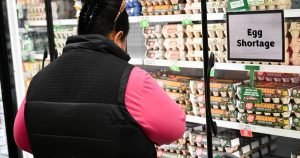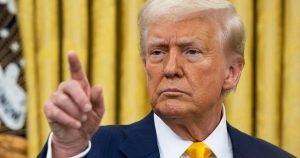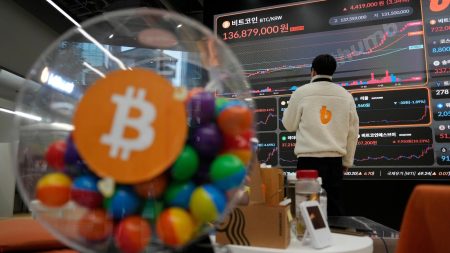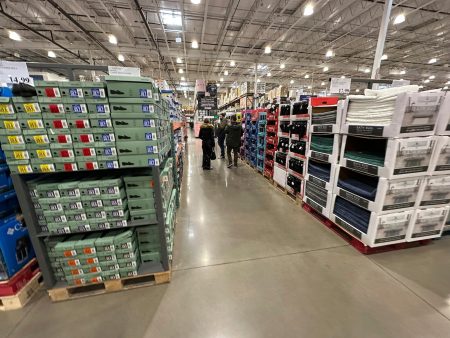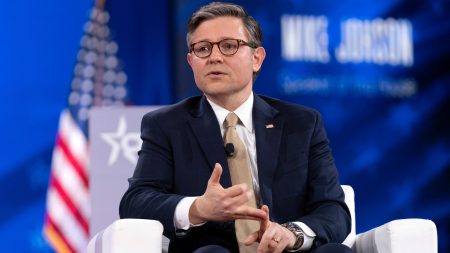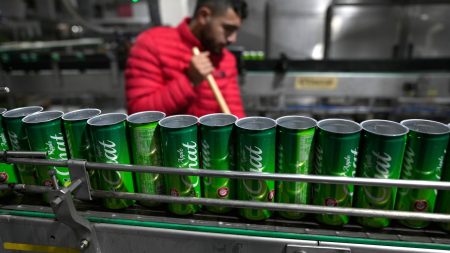Consumer Confidence Plummets Under Trump: Understanding the Anxiety
Consumer Confidence Plummets
In February, a significant drop in consumer confidence was observed, marking the largest decline since August 2021. This downturn reflects growing concerns among Americans about the nation’s economic direction under President Trump. The Conference Board reported that worries about the economy’s future have intensified, with a notable increase in the number of consumers anticipating a recession within the next year. This surge in pessimism highlights a shift in public sentiment, as more individuals express fears about potential job market deterioration, stock market declines, and rising interest rates. The collective anxiety suggests that economic uncertainty is increasingly affecting everyday life and decision-making for many Americans.
Economic Policies Stir Concerns
President Trump’s recent policy directives have sparked considerable concern among consumers. The introduction of tariffs on goods from Mexico, Canada, and China, coupled with spending cuts and changes to diversity initiatives, has created an environment of economic unpredictability. While tariffs on Mexico and Canada were temporarily paused due to agreements on drug trafficking and border security, their reinstatement is expected to further heighten worries about price increases. According to a recent Ipsos survey, 70% of Americans believe these tariffs will lead to higher prices, exacerbating financial strain on households already grappling with rising costs.
Inflation on the Rise
The current resurgence of inflation, which began during the latter part of the Biden administration, continues to impact consumers. January saw a 3% increase in consumer prices, surpassing the Federal Reserve’s 2% target. Everyday items, such as eggs, have seen dramatic price hikes—53% in the past year—due to factors like avian flu affecting supply. This inflationary pressure, compounded by tariff concerns, has led to consumers becoming more cautious in their spending habits. The immediate effects of these price increases are felt in daily budgets, influencing everything from grocery shopping to larger purchases, and contributing to the broader economic unease.
Hiring Slows Down
The job market, often a cornerstone of economic confidence, showed signs of slowing in January. With only 143,000 jobs added, compared to 265,000 the previous month, the labor market’s momentum appears to be waning. While this slowdown could be attributed to various factors, including seasonal fluctuations, it adds another layer of concern for consumers already wary of economic stability. Despite this, there are glimmers of hope; some indicators suggest improvements in current business conditions and a steady recovery in home purchase plans, offering a cautiously optimistic outlook amidst broader challenges.
Sentiment Differences Emerge
A notable disparity in economic sentiment has emerged between Democrats and Republicans. While Democratic consumers expressed increased pessimism, their Republican counterparts showed improved confidence. This polarization reflects the deeply divided perceptions of the economy, influenced by differing views on Trump’s policies. The University of Michigan’s recent report highlighted this split, with consumer sentiment declining for the first time in six months. This divergence underscores the complex interplay of political and economic factors shaping public opinion, where one’s political affiliation significantly influences their economic outlook.
Looking Ahead: The Road to Recovery
As the nation navigates this period of economic uncertainty, the path forward remains unclear. With tariffs set to resume and inflation showing no signs of abating, consumer confidence may face further challenges. However, the resilience of the job market and tentative improvements in certain sectors offer potential for recovery. Policymakers and consumers alike will be closely watching these developments, seeking strategies to mitigate risks and foster stability. The coming months will be crucial in determining whether the economy can regain its footing and restore confidence among the American people, proving pivotal in shaping the nation’s future economic narrative.
